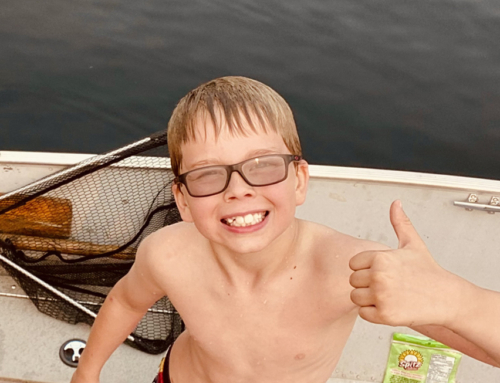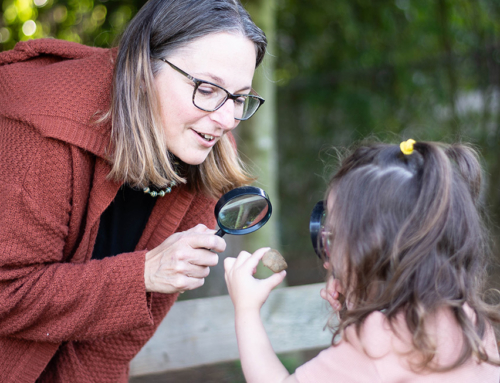Just before Christmas, I wandered around the middle school campus, observing students and teachers. It’s one of my favourite things to do during the day–so cool to be a witness to learning! I was struck by how incredibly busy our halls are, reinforcing for me the fact that our hallways really are extensions of our classrooms as learning spaces.
On this particular day, grade 8 students were working on a Math project called the Barbie Bungee, which involved graphing and predicting how far a Barbie doll will fall when attached to a series of elastic bands, using an equation that represents a linear relationship. 
At the same time, grade 7 students were working on Christmas tree art projects, that were also heavily influenced by the Math they had been working on.
This one quick tour of the middle school hallways reminded me of the ways our facilities influence how we educate our students…which inevitably put me in a frame of mind to dream.
What could our middle school look like?
What are some of the things we would like to see in our facilities as we anticipate a renovation?
For starters, let me just say that we are generally very happy with the layout and appearance of our middle campus. Considering the campus is now more than 12 years old, we are delighted with how it has held up and with its warm colours and design.
Still, with our continued move towards project-based learning and the subsequent presentations of learning, it would be fantastic if our spaces were more multi-functional.
 Can you imagine overhead doors that would connect our classrooms with the hallways?
Can you imagine overhead doors that would connect our classrooms with the hallways?
How awesome would it be if we had spaces for larger presentations?
How about an extra room equipped with tables and tools for constructing some of the hands-on pieces that naturally flow out of the projects our student work on?
As I walk our halls today, we have grade 6 students practicing their “Fractured Fairy Tales” for the Presentation of Learning Night coming up on January 19. Students have written their own scripts, made their own costumes, discussed blocking and enunciating. And there’s some laughter. But, most of all, there is evidence of learning.






WHAT DO YOU THINK?